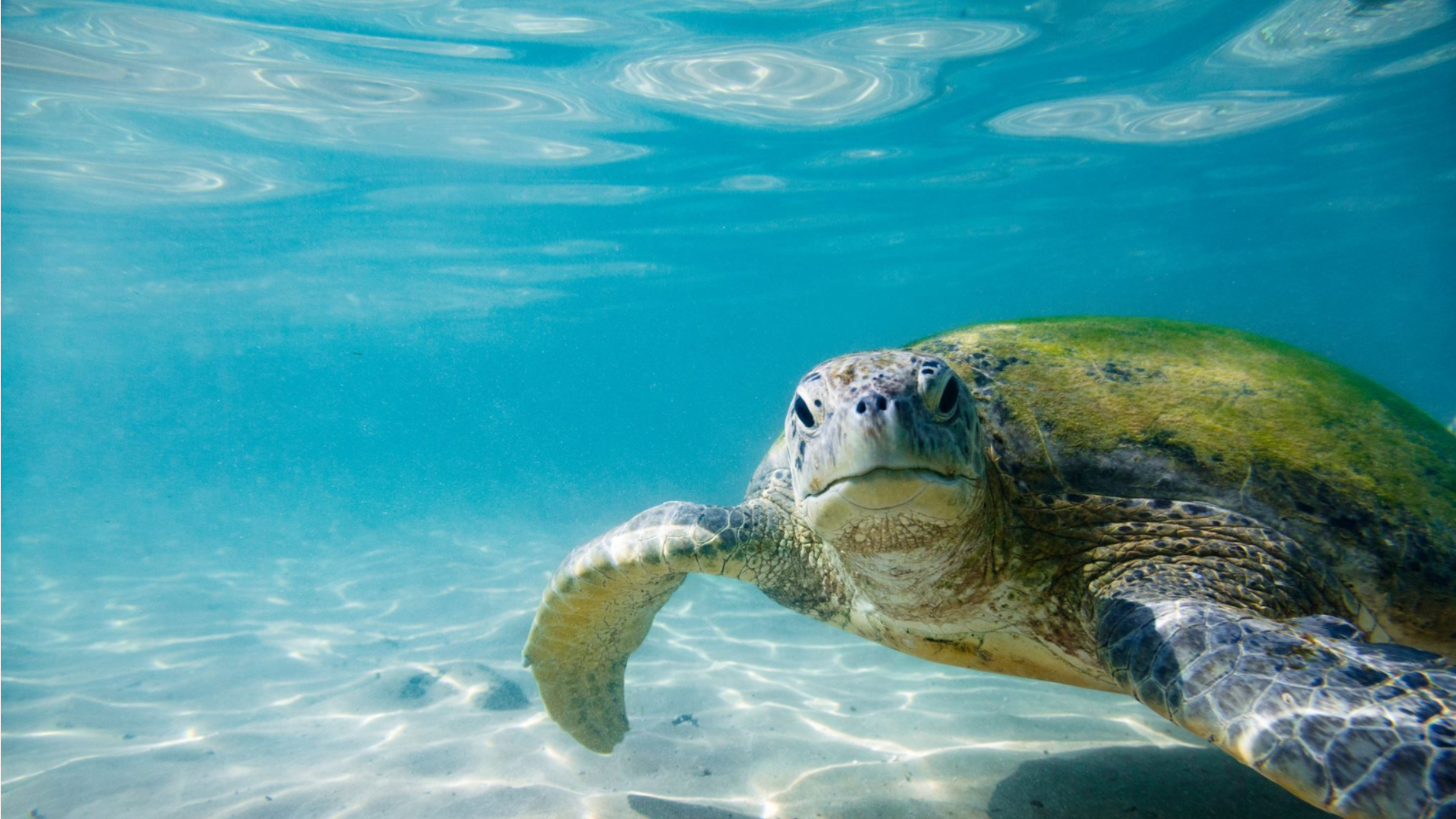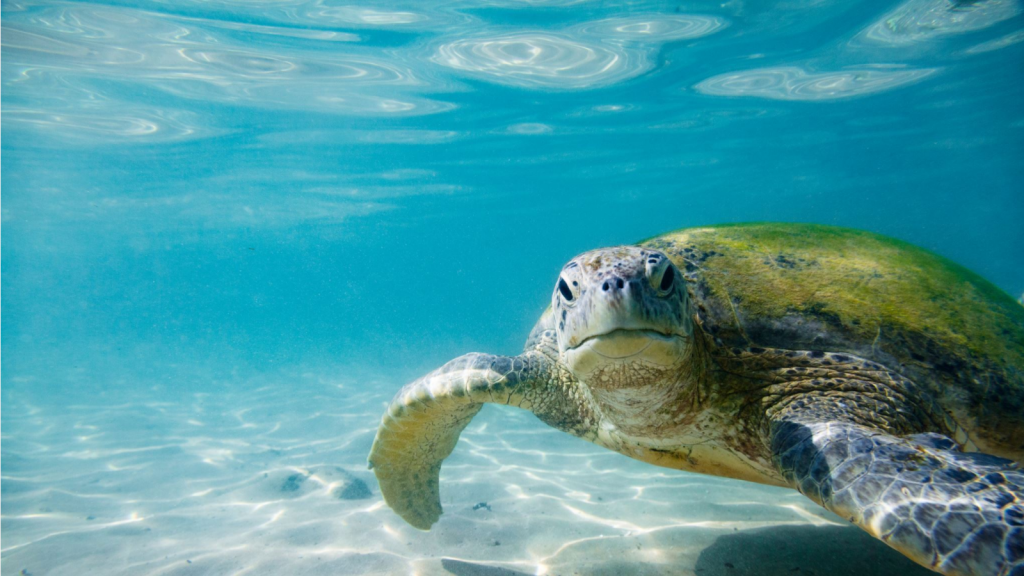
In our world, marine creatures lead mysterious lives beneath the depths of the ocean. They live a life vastly different from their terrestrial counterparts, leaving us with questions about their behavior and ecology. However, how do we uncover the secrets of these enigmatic beings? The answer lies in “biologging” and “biotelemetry” technologies, which have revolutionized our understanding of marine life.
The Science Behind Biologging and Biotelemetry
Firstly, let’s delve into what biologging and biotelemetry entail. These technologies involve attaching small devices to marine animals that can record their behavior, location, and physiological data. Subsequently, this data is typically transmitted via satellites or other communication methods back to researchers for analysis.
Illuminating Climate Change’s Impact
Biologging and biotelemetry technologies have already reshaped our knowledge of marine life. For instance, scientists have employed these techniques to track the behavior of crabeater seals in the Antarctic, a species abundant in krill. They discovered that these seals are altering their foraging habits in response to changing climates, emphasizing the crucial role of understanding climate change’s impact on marine species.
Conservation in Action
Furthermore, these technologies aid in comprehending the impact of human activities on marine life and implementing necessary conservation measures. Fishing, a significant human activity, directly and indirectly affects marine species’ abundance. Biologging data helps assess the effectiveness of Marine Protected Areas (MPAs) and optimizes their design, particularly for highly mobile species. These data also reveal areas where conservation measures are most needed, aligning with efforts to protect marine ecosystems.
Future Horizons in Marine Research
Looking to the future, we can anticipate exciting developments. Novel technologies continue to emerge, offering additional insights into marine life. Examples include sonar tags providing information on prey approached by tagged animals, small mark-report satellite tags revealing the large-scale horizontal movement of deep-sea fishes, and satellite transmitters with acceleration sensors offering extended activity metrics over several months. Improvements in satellite tracking bandwidth and onboard data processing are crucial for obtaining more valuable information across various species and extended periods.
Collaboration and Big Data
Large-scale collaboration and the utilization of big data are increasingly important in biologging and biotelemetry studies. Analyzing data beyond horizontal tracking, such as within- or among-species interactions, three-dimensional space utilization, and behavioral and physiological responses to environmental changes, holds great potential. Standardizing biologging datasets across research groups is essential to facilitate data sharing and promote discoveries.
Ethical Considerations
Ethical considerations regarding the impact of biologging and biotelemetry tags on animals’ behavior, physiology, and welfare are paramount. Researchers must ensure that these tags do not harm the fitness or stress the animals. Tag design, attachment methods, and minimizing interference should align with ethical standards.
Unraveling Marine Mysteries
Lastly, curiosity about the secret lives of animals will continue to drive biologging and biotelemetry studies. Many enigmatic species and biological phenomena remain to be explored. Whether it’s the filter-feeding behavior of megamouth sharks, foraging tactics of deep-diving visual hunters, or habitat use of elusive creatures like coelacanths and giant squids, there are still numerous mysteries waiting to be unraveled beneath the sea.
References
Annual Review of Animal Biosciences (Vol. 11: 247-267, February 2023), biologging and biotelemetry technologies have revolutionized our understanding of marine life.



